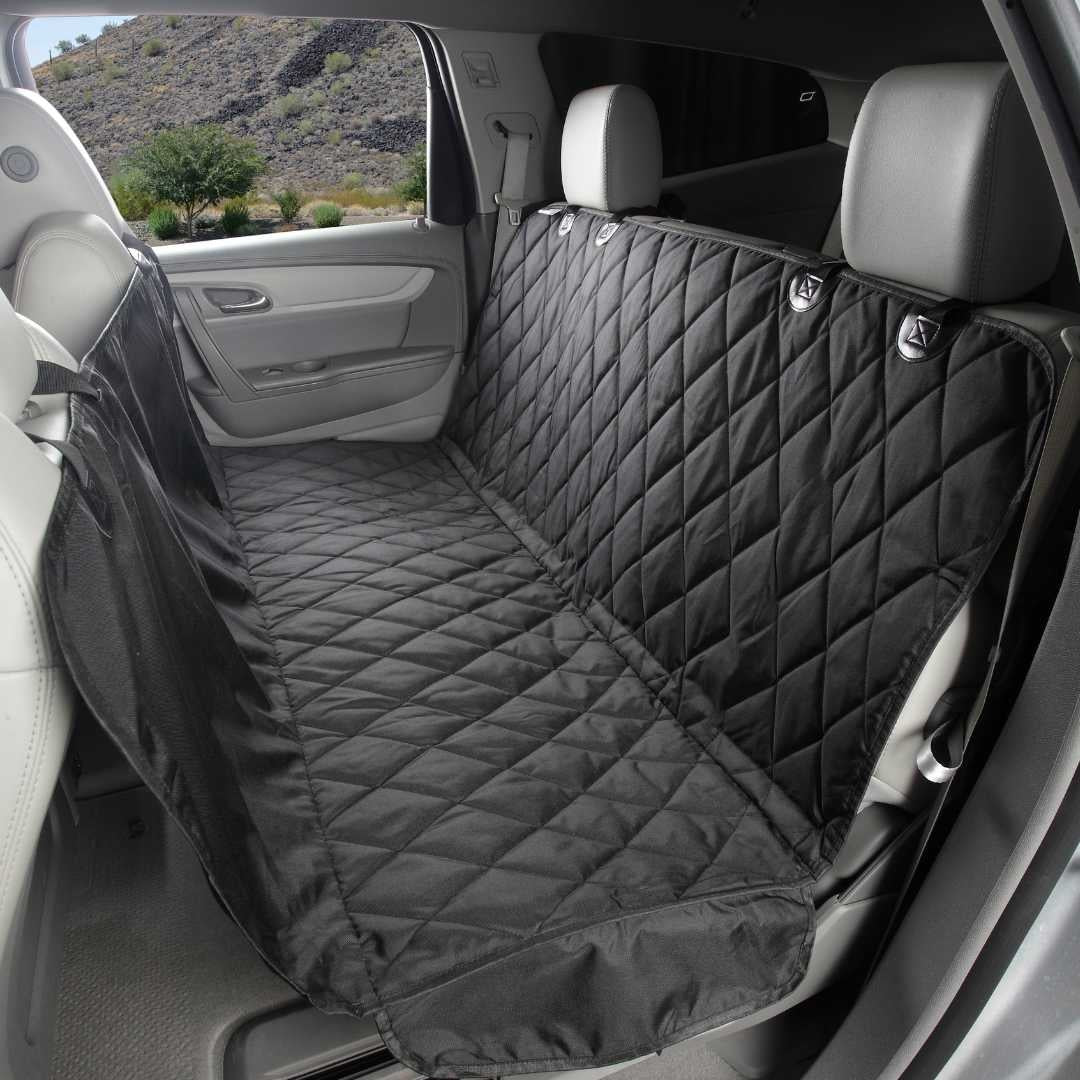How to Transform Your Dog Training
Do you find yourself feeling frustrated while trying to train your dog? Does it just seem like they aren’t listening? Or are you confused as to why things you thought your dog knew sometimes seem to go out the window? Then take a look at these top tips to help transform your training today.
Motivate your Dog
First, think about what you are going to ‘pay’ your dog with when they get it right. Whenever teaching something new or moving to a new environment the reward must be of a high value to the dog to keep them interested in the work. Think about what is important to your dog. This could be fresh meat, tennis balls or a toy. Just using praise isn’t enough for new training situations. If your dog is getting too excited during training you may need to reduce the value of the reward slightly so they are more focused.
Set Up for Success
Set your dog up for easy wins by breaking training down into small achievable steps. For example, when teaching a recall for the first time don’t try and call your dog when they are playing with another dog in the park, begin at home calling your dog to you from short distances. You can then build up distance and distractions over time.
Mark the Behaviour
It can be difficult to reward your dog at exactly the right time, especially if you are working with your dog at a distance. Instead ‘mark’ the behaviour you want with an enthusiastic ‘yes’ or ‘good.’ This tells your dog when they’ve done exactly the right thing. You can then reward the behaviour afterward without causing confusion. A simple example of this is marking the moment your dog’s bottom hits the floor during a sit. If you use a verbal marker it doesn’t matter if your dog has got up again before you reward them.
Speak, Signal then Reward
Want your dog to respond effectively to verbal cues? To avoid confusion only add in verbal cues once you have a behaviour well established on a hand signal. Use the sequence of verbal cue then hand signal and perform lots of repetitions. Try fading out the hand signal and see if your dog still responds. If not repeat the sequence again. Don’t begin training by repeating verbal cues to your dog when they haven’t yet learned a behaviour. For example, repeatedly saying ‘sit’ whilst trying to teach a sit often leads to situations where the dog is still standing when the word is being used. The overuse of verbal cues in this way can cause confusion during training.
Consider the Training Environment
Is your dog losing focus? Could it be there are too many distractions in the environment? Dogs often don’t generalise well so often need to be re-taught behaviours when moving to a new place.
Keep it Short
Break training down into short sessions. 3 minutes, while you boil the kettle or the T.V. ads are on, is ideal. By keeping training short you can avoid your dog becoming tired or frustrated and keep your dog motivated.
Recognise Stress and Frustration
Sometimes a dog may struggle to focus because they are stressed about something in the environment or have become frustrated during training. Signs of stress include yawning, turning away and panting. Signs of frustration may include whining, barking and jumping up. If you see these signs during training end the session and have some time out.
Test It Out
Think your dog knows a particular command? Test it out!
Can your dog perform the behaviour indoors, outdoors and at the local park? If your dog begins to struggle in different places or with more distractions more training may be required.
Stuck for ideas or where to begin? Contact your local dog trainer or local dog training club for information on classes and events. There are lots of dog sports and activities to try from basic obedience to cani cross and agility. Whether you’re a beginner or more advanced trainer there are plenty of activities for you and your dog to choose from.
Tamsin Peachey
Tamsin is a qualified animal behaviourist having obtained an MSc in Clinical Animal Behaviour from Lincoln University in 2013. In 2017 Tamsin started running Puppy School classes in Solihull, having received tutor training from renowned author, dog trainer and canine behaviourist Gwen Bailey. Prior to running Puppy School Solihull Tamsin spent over two years working at Dog’s Trust gaining valuable experience in caring for and training a wide variety of rescue dogs. In 2014 Tamsin and her husband adopted their own rescue dog, Milo, with whom Tamsin has worked successfully to reduce his reactivity towards other dogs. In addition to dog training, Tamsin enjoys writing articles and resources on the topic of dog behaviour for both professionals and dog owners.





